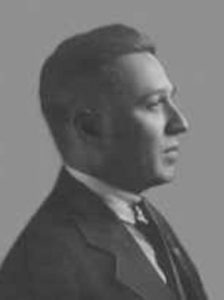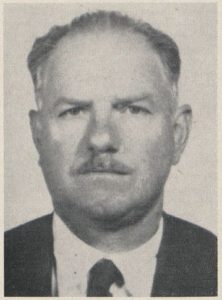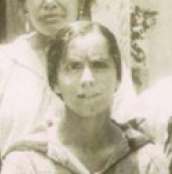I received an e-mail not too long ago in which James Goldberg asked me about some influential Spanish-language works of Mormon Literature. With the Association for Mormon Letters looking to celebrate the past through a selection of top 100 works, I welcomed the opportunity to share some thoughts. Even so, knowing that my thoughts alone tend to be unpolished at best, I consulted with my fellows in the Cofradía de Letras Mormonas, and we came up with three 20th century pieces worth mentioning.
I should probably start by pointing out something rather obvious: Mormon literature in Spanish is not nearly as abundant as in English. The Church is younger in the Spanish-speaking world, and its members are spread out thinly across vast distances, so the critical mass to produce a robust, uniquely LDS literature is just not there. Among other things, that means that historically the main publication venue for works in Spanish was the Church. This is now changing, but during the 20th century, uniquely Mormon writing could hardly be published anywhere outside of official Church venues. In those venues, we find at least three pieces that stand out. So let’s review them one at a time.

The most influential and widely known work is the hymn “Placentero nos es trabajar” [“Working Is for Us a Delight”] which you can read (or sing, if so inclined) here. The lyrics were written by Andrés C. González, the first Mexican missionary in Church history. The tune originally accompanied the hymn “Sweet by and by,” which early missionaries to Mexico sung in translation as “Hay un mundo feliz más allá”. As the story goes, González and his companion were thrown in jail by the Mexican authorities due to an altercation over the hymn. That night, González wrote new lyrics for the tune and that’s how we got “Placentero nos es trabajar”. This text has been part of the Spanish-language hymnbook since 1912. It quickly became a favorite hymn among Spanish-speaking Saints. This one is hard to beat as a first choice due to its influence and visibility.

In terms of poetic value, one can’t help but mention the poem “¿Dónde está, oh muerte, tu aguijón?” You can read it here (see pages 8-9). It was written by Máximo Corte, an Argentine convert who filled the pages of the Church’s Spanish-language publications with well-crafted poetry. Corte died in 1950 and had converted in the early 1940s, so he was only a poet in Zion for less than a decade. But in those years, he crafted a poetic legacy. This particular poem is compelling because he wrote it while battling a life-threatening illness. Inspired by Paul’s language in 1 Corinthians 15, it is a reflection on the nature of life, deeply informed by an LDS worldview. Reading it is both a hopeful and sad experience. Corte wrote the poem in 1948 but never saw it published before he passed away. The poem was published posthumously in 1951 in El Mensajero Deseret and in 1958 in the Liahona, both Spanish-language Church publications.

Finally, there’s another poem worth highlighting. This one is titled titled “El ciego de mi rama” [“The Blind Man in My Branch”], which you can read here (see p. 13). It was written by Consuelo Gómez, who was a pilar of the early Church in central Mexico, and even a key figure in the development of the Church’s Education System in Mexico. She was also a poet who published poems in Church publications for about three decades. (In this sense, she reminds me of Eliza R. Snow.) The poem in question is about a beggar (in the literal, not metaphorical, sense) who is a member of Gómez’s branch. Mondays through Saturday he’s out on the streets begging, occasionally with the help of a little girl, but Sundays he goes to Church with the child instead. The poet looks at him and sees how he is transfixed as he worships and wishes she had the kind of fervor he does.
There are other poems or works that are well-crafted and thoroughly Mormon out there. Certainly Máximo Corte and Consuelo Gómez have produced many such works, and there are currently some Mormon voices worthy of note, but these three are certainly worth mentioning when looking back. Hopefully, they might even be considered for the top-100 list of Mormon literary works.
